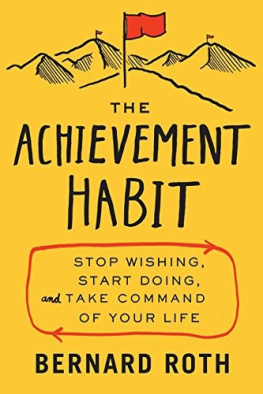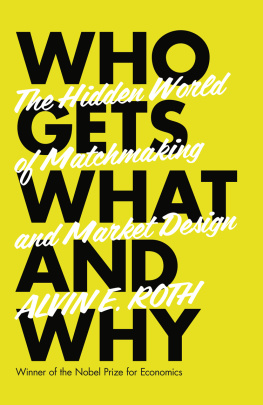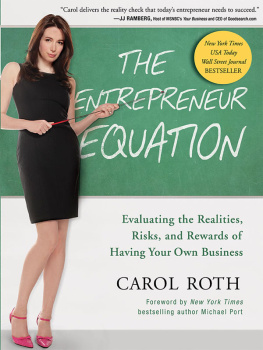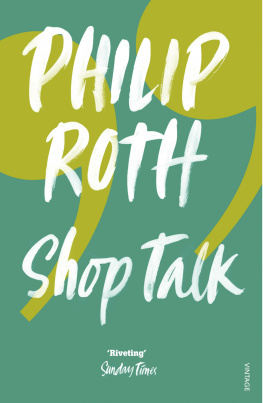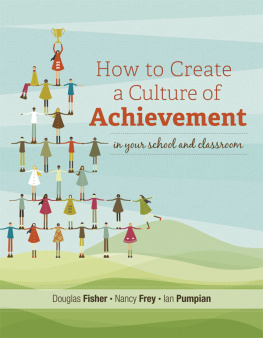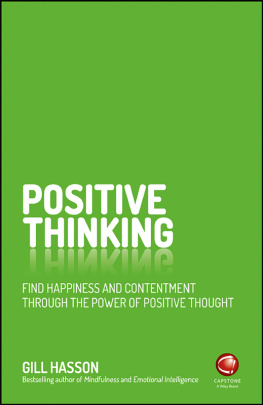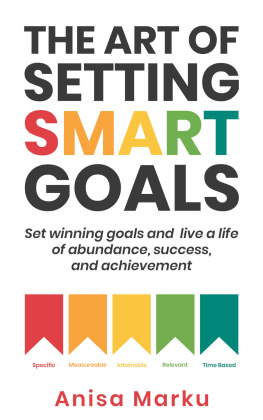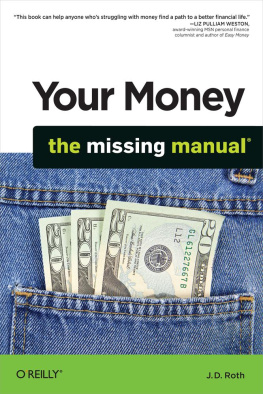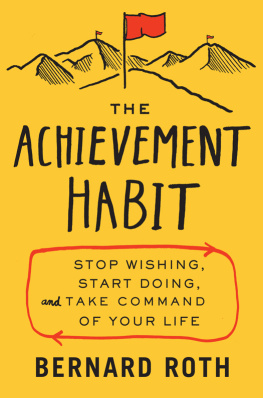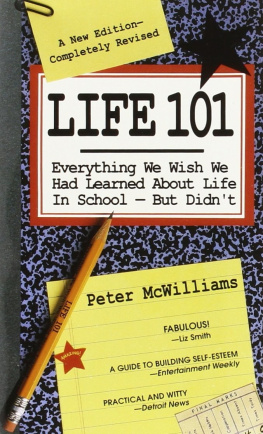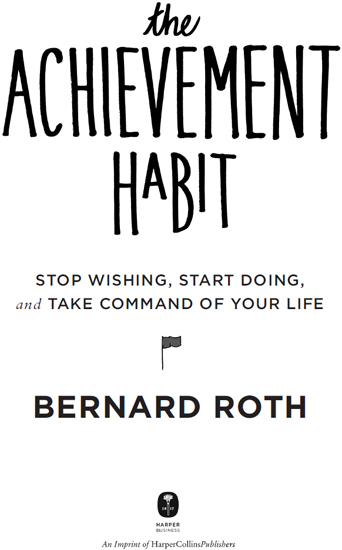
TO THE MEMORY OF ROLF FASTE AND BILL MOGGRIDGE
CONTENTS
Guide
Paddys idea wasnt the most daring in the class.
When you first met him, you could tell he came from a military background. It was evident in his stancestoic and somewhat intimidating. He went to boarding school in Northern Ireland from age seven to eighteen and then joined the Royal Marines, where he served for ten years.
Civilian life scared him, and after leaving the military, he quickly sought out the safety net of a job within a large corporation and a regimented schedule. A journalist, he moved around the world quite a bit, finding work at places like the BBC and CNBC. Im something of a company man, he would later tell me.
When I met him he was at Stanford University on a one-year fellowship for midcareer journalists. He was taking a class of mine, The Designer in Society, which encourages students to examine and take control of their lives. Ive been a professor of engineering at Stanford for fifty-two years, and along the way Ive met too many engineers who once dreamed of starting a company of their ownand instead ended up working for large Silicon Valley companies and never taking that big step toward making their dreams a reality. Only a small percentage ever followed through on what they really wanted to do with their lives, and I hoped to do something to change that. Having talent and good ideas is only part of the equation. The next stepthe harder stepis the doing, taking the responsibility for designing success in your own life.
In 1969 I created my Designer in Society class as a way to encourage students to think differently about how they achieve goals in their livesto get them to stop thinking wistfully about possibilities and start actually doing. In developing the course, I employed principles that we now call design thinking (a big concept well get into a bit later) as well as a series of ideas and exercises Ive found to be useful in assisting people to break through walls that are mostly of their own making.
At the heart of the course is a self-selected term project: students must either do something they have wanted to do but never done, or handle something that is a problem in their lives. I am available to discuss their choices. I emphasize that it is their project, however, and that they are doing it for themselves, not for me. Ultimately they decide which projects to work on. I dont decide whether theyre good enough or big enough, and I dont grade on anything other than whether they do what they set out to do. If they finish, they pass. If they dont, they dont get credit.
One of the most important lessons students take away from the class is to be honest with themselvesreally deep-down honest. The more self-aware you can become, the happier you can be; by better understanding your motivations and identity, you can figure out how to design your life to be more satisfying and fulfilling.
Paddy dug deep and came to the realization that although he had thrived in every institution he was part of, he had never been really happy. That was in part because he had a very conflicted relationship with authority and the large media organization he belonged to. He had sought it out because it was what he knew, yet he also resented and rebelled against it because he wanted something more personally satisfying. Once he realized and acknowledged this fact, he was able to use that knowledge.
For his project, Paddy decided to produce his own radio show.
When he compared his idea to others, he wasnt sure it stacked up very well. After all, we had students doing things that seemed on the surface much more exciting (one student was going to hurl himself out of an airplane!), creative (building a rocket), or ambitious (students turning their bodies into machines to prepare for their first triathlons).
For Paddy a radio show was a major undertaking, and it took him a while to realize why he was so drawn to it. He had been a radio reporter, but never a producer. For the first time in his life he would be making something from his own ideas, without oversight. It was a daring choice for him, akin to starting his own business.
I NOW TEACH MY class at one of the worlds leading centers for innovation, the Hasso Plattner Institute of Design at Stanford, commonly called the d.school, where I am the academic director and one of the founders. Its gotten pretty famousthe Wall Street Journal called it the hottest graduate program, and we have more students signing up for our classes than we have seats for them. The d.school is not linked to any particular department but instead brings together students and faculty from many disciplines to create an environment that fosters creativity, innovation, and collaboration.
What the d.school does for students is open up their worlds, challenging their automatic thinking and assumptions and showing them the vast multitude of possibilities around them. We write on whiteboards, Post-it notes, and napkins. We try things. We fail. We try again. We fail better. We get things right in ways we might never have imagined, and we gain a better understanding about ourselves and others in the process.
Many who have taken my course over the years credit it with helping them achieve significant personal and professional successes in their lives, and I have gone on to conduct workshops throughout the world based on the concepts taught in the class. Its empowering to realize you have more control than you ever knew over what you achieve in life. When you are not happy with an aspect of your life, you can change it! Really, you can.
In my class students have designed and built musical instruments, furniture, vehicles, and clothing. Theyve written books, poetry, and music. Theyve flown and jumped out of various aircraft, done stand-up comedy, and driven racing cars. Theyve learned how to cook, weld, tend bar, speak new languages, and save lives. Theyve repaired relationships with parents, siblings, and friends. Theyve run marathons, lost weight, and braved the wilderness.
One of the most inspiring projects I watched unfold was that of a student named Joel who reconciled with his father two months before his father died unexpectedly of an aortic aneurysm. Thirty years later I still feel tears of joy well up in my eyes whenever I run into Joel, his wife, or his children.
The father of another student, Cyndie, had always prohibited her from riding a motorcycle because hed suffered a terrible accident when he was younger. Naturally, Cyndie wanted to learn to ride one. She decided to buy a motorcycle and learn to drive it as her project. Several months after my class, Bill, one of her former drawing instructors, was standing in front of his design office in Palo Alto when she rode up on her motorcycle and asked if he would like to go for a ride. He got on, thinking she meant around the block. Forty-five minutes later they arrived at the beach. That was twenty-eight years ago. They now have three grown children together.
Another woman in my class overcame her fear of water and learned to swim. I ran into her some months later and she told me she was learning Italian, having felt empowered by her first endeavor in my class. A few years after that she earned special training certificates that enabled her to change her career fieldall thanks to the momentum and inspiration gained from developing her achievement habit.
What she and other students demonstrate not only in class but also in their lives after graduation is that achievement can be learned. It is a muscle, and once you learn to flex it, theres no end to what you can accomplish in life.
Next page
